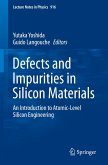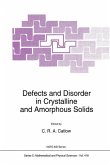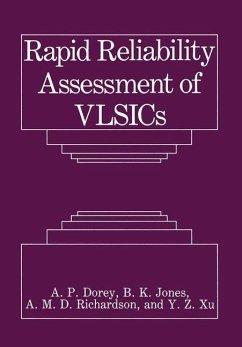The photovoltaic industry has grown fast the recent
years, but the price per watt has not jet reached
grid parity. A further increase in solar cell
efficiency is therefore needed. It is suggested in
this work that the main quality problem in
multicrystalline silicon wafers is the existence of
dislocation clusters covering large wafer areas.
Dislocation formation mechanisms such as punch-out
from precipitates with a thermal expansion
coefficient different from that of the silicon
matrix, intergranular and intragranular hardening
and development of strain fields due to differences
in the elasticity module between different grains
are reviewed. For dislocations nucleated by an
angular grain boundary a multiplication and growth
mechanism is proposed where dislocations can cross
slip and line up at certain crystallographic
directions during crystal growth.
This work would be of interest for anybody wanting
to have an introduction to dislocation theory
relevant for solar cell silicon, or anybody being
interested in improving solar cell efficiency.
years, but the price per watt has not jet reached
grid parity. A further increase in solar cell
efficiency is therefore needed. It is suggested in
this work that the main quality problem in
multicrystalline silicon wafers is the existence of
dislocation clusters covering large wafer areas.
Dislocation formation mechanisms such as punch-out
from precipitates with a thermal expansion
coefficient different from that of the silicon
matrix, intergranular and intragranular hardening
and development of strain fields due to differences
in the elasticity module between different grains
are reviewed. For dislocations nucleated by an
angular grain boundary a multiplication and growth
mechanism is proposed where dislocations can cross
slip and line up at certain crystallographic
directions during crystal growth.
This work would be of interest for anybody wanting
to have an introduction to dislocation theory
relevant for solar cell silicon, or anybody being
interested in improving solar cell efficiency.








